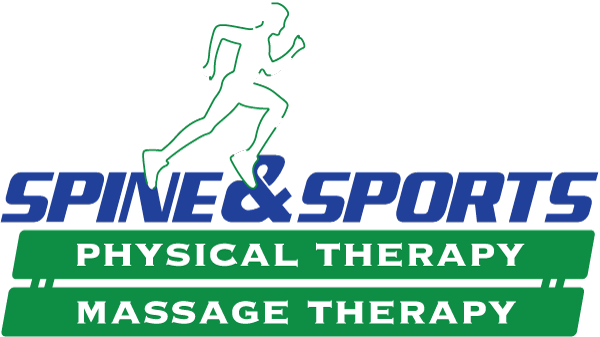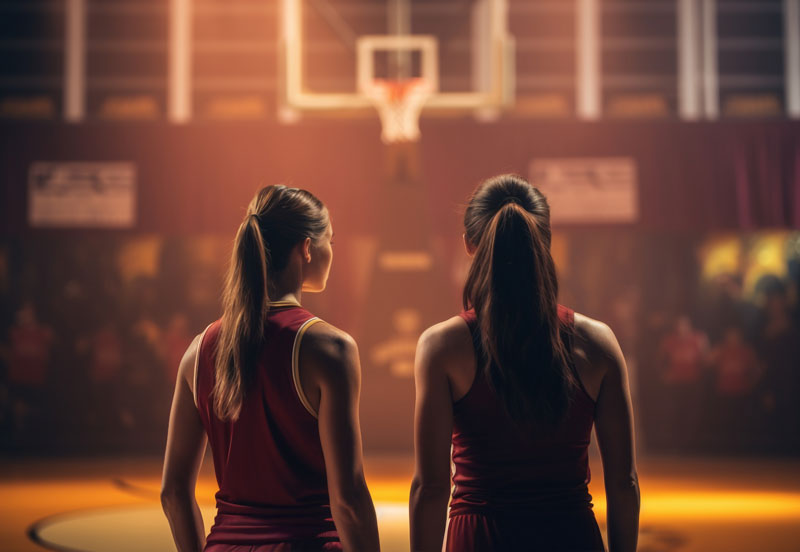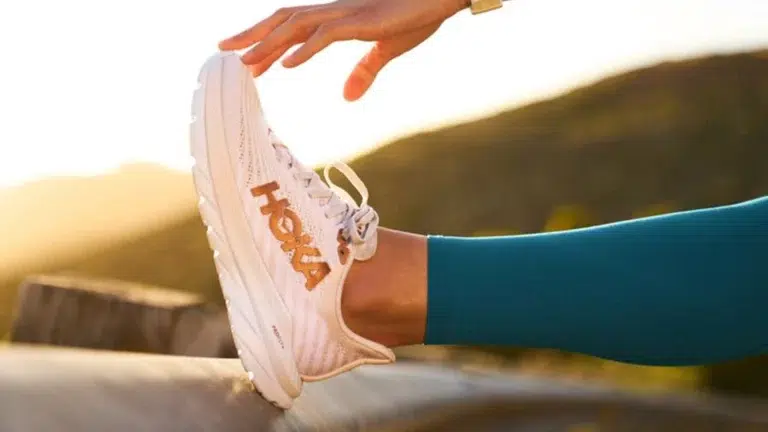Ah the back-to-school season… jumping into the busy routine of classes and extra-curricular activities is often a significant transition from a more leisurely summer schedule. With the return to class often comes the return to organized sports for a lot of students. We unfortunately also tend to see an increase in injuries within this population in physiotherapy clinics in the fall. Here are 5 tips to help prevent injury in high school athletes.
1. Sleep is key:
Sport practices on top of regular class schedule and other activities often result in very long days for students. What is then the first thing that most tend to neglect? Sleep. Studies have shown that an adolescent is more likely to have a sport-related injury when sleeping less then 8 hours per night. It should also be noted that more then 8 hours of sleep per night is recommended for adolescents, especially if they are physically active.
2. Staying limber:
Bones tend to grow faster then muscles. Therefore, most adolescents in a growing stage tend to be quite inflexible, which can lead to injuries. Doing regular stretches of key muscle groups like hamstrings, quadriceps and hip flexors and participating in activities like yoga is helpful in maintaining good flexibility.
3. Engage in a proper warm-up:
Starting each of the practices with a dynamic warm-up is essential. Is it also crucial to arrive to games or meets with enough time to warm-up before participating in any high intensity activity. Gradually increasing the heart rate and blood circulation as well as actively taking joints through their full range of motion will make muscles, tendons and joints less susceptible to injury.
4. Strengthening the stabilizing muscles:
Participating in a comprehensive strengthening program to address asymmetries or specific weaknesses is a great way to decrease susceptibility to injuries. Some key elements are core strength, pelvic girdle and shoulder girdle active stability as well as motor control, which is the ability of the brain to coordinate your muscles to execute a specific task. Those elements can and should be specifically trained in all athletes.
5. Healthy lifestyle:
Sleeping enough and being physically active are two key elements of a healthy lifestyle but there is more. Maintaining a healthy diet and drinking plenty of water before, during and after activity is crucial. Rest days are also very important in order to let the body recover.
“An ounce of prevention is worth a pound of cure” is a pretty accurate adage, especially when it comes to adolescent athletes. Physiotherapist are mostly known to treat injury but they can also be a key player in preventing them. Meeting with your physiotherapist to assess and address injury prevention is a great way to optimize your athletic season!





